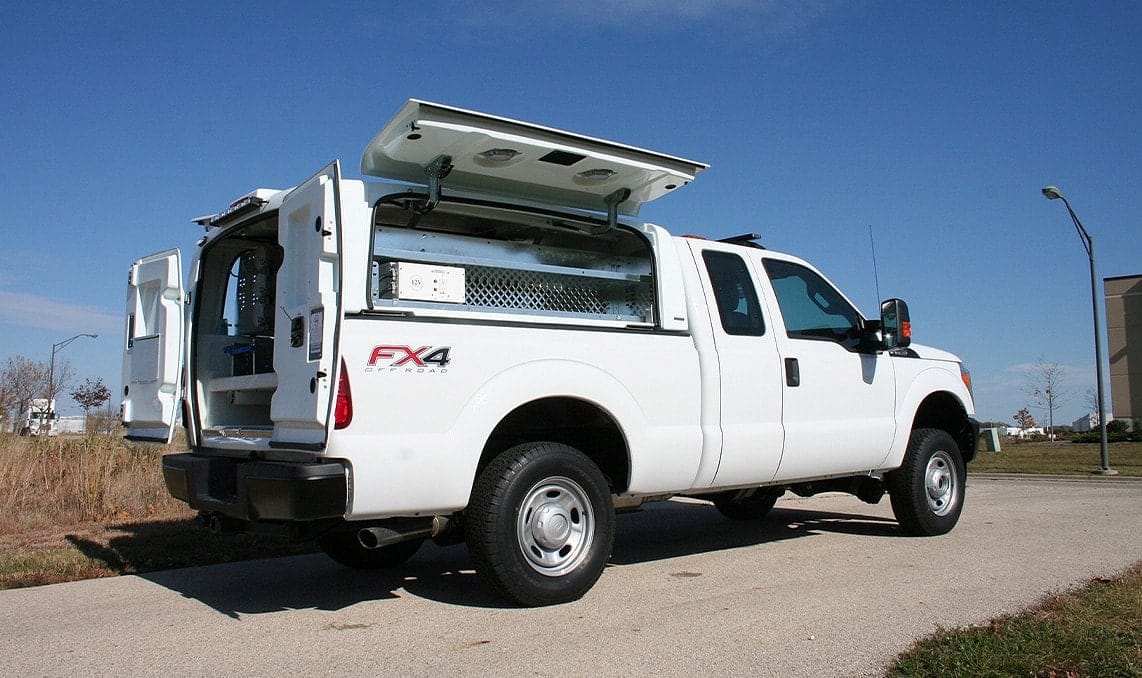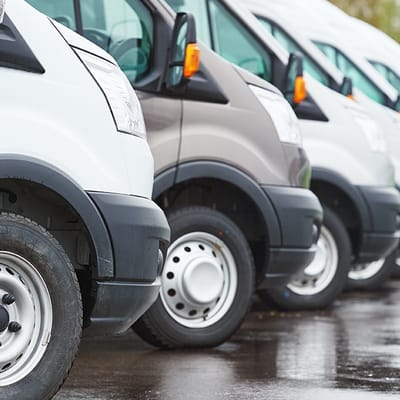- SolutionsWith a strategic solution that works for you and your business, you can unlock revenue-generating opportunities and begin managing your fleet as an investment.Overview
- About UsWhen Holman was founded in 1924, we set something positive in motion. Our consistent focus on people and our commitment to integrity make us who we are today.Overview
 Join Our TeamWe’re not just in the automotive business, we’re in the people business. Join us for the ride.Browse Careers
Join Our TeamWe’re not just in the automotive business, we’re in the people business. Join us for the ride.Browse Careers
Why a Holistic Macro Approach Ensures You Optimize Fleet Lifecycles
Holman Marketing
March 7th, 2023

Establishing the optimal lifecycle for your vehicles is typically the foundation upon which your overall fleet strategy is built. How long you keep a vehicle in service influences virtually all aspects of your fleet operations – how often you’re cycling vehicles, capital expenditure requirements, how you establish preventive maintenance parameters, repair versus replace decisions, how many vehicles you need to efficiently support your business, etc.
With that in mind, Holman’s Matt Biddle recently spoke with Boom & Bucket to share his perspective on the best practices for developing an effective vehicle cycling strategy. In the article, Matt notes that there’s no effective one-size-fits-all solution for all fleets and asset types, and he highlights a few key considerations to keep in mind as you build your lifecycle strategy.
“The ideal lifecycle for a particular vehicle is influenced by factors such as specifications, job function, geographic location, payload, criticality to your business, etc. All of these elements can vary greatly across your fleet and it is important that you adjust accordingly when necessary. “
Matt also says that often the biggest challenge for most fleet operators is understanding how all the different facets of a lifecycle – buy, drive, service, and sell – influence each other. When it comes to maximizing resale value, Matt explains why you’ll want to identify the ideal window to remove a vehicle from service to yield the greatest return. He also discusses how that timing ultimately impacts your acquisition strategy and capital expenditure forecast.
Later in the article, Matt explains why we often recommend aligning your cycling strategy to what’s important to your organization and how fleet can best support the success of your business.
“If reliability is paramount to your business, you will likely benefit from short cycles because replacing equipment more frequently will give you more dependable assets. In that scenario, your capital expenses will be higher but may be offset by lower operating expenses. Conversely, extended cycles allow you to spread capital expenses to acquire units over a longer timeframe – particularly beneficial for costly, highly-specialized units – but you’ll likely incur higher operating costs as the units age.”
To close out the article, Matt says that most fleet operators stand to benefit greatly from a more macro approach. Rather than simply planning for the year ahead, he says if you’re able to forecast three to five years out, you’ll likely have greater financial flexibility for adjusting to unforeseen challenges or have capital available to take advantage of cost-savings opportunities that may arise.
Visit BoomandBucket.com to read the entire article and be sure to learn more about how Holman’s holistic approach to fleet management can help you transform your fleet from an operational necessity into one of your company’s most valuable assets.
Related Resources
Explore more related industry news, insights, and developments.









